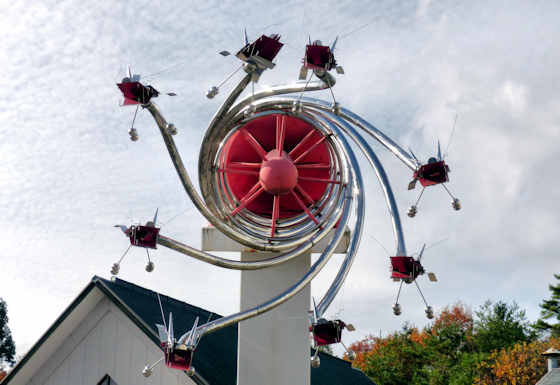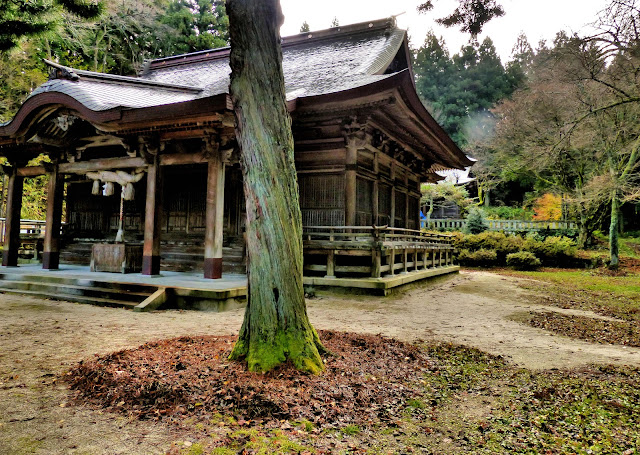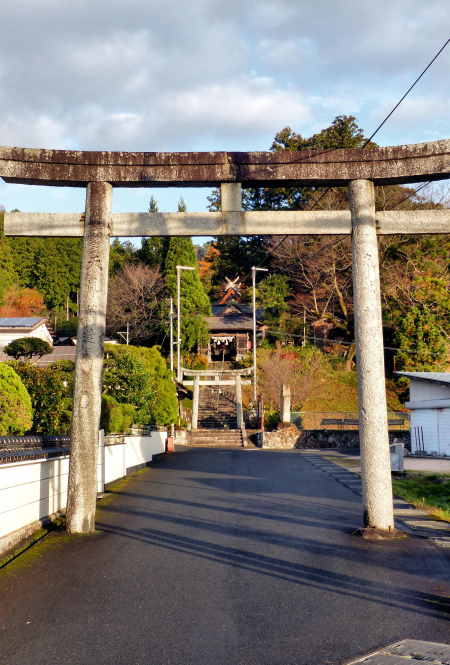Well, this place is about as familiar as any in Japan, recognizable to anyone who has been to Kyoto, it is of course the entrance to Yasaka Shrine in Gion, home of the Gion Matsuri.
Until 1868 it was known as Gion Sha, but the name was changed when the government "seperated" the Buddhas and Kami. The original kami was Gozu Tenno, the Ox-Head Heavenly King, a god of epidmics and relief from epidemics. Originally an Indian god, he became associated with Susano.
The main kami is now Susano, but the shrine is very much a family affair with many members of his family also enshrined here. There is Kushinada, his wife, or rather one of his wives, then there is Yashimajinumi, a son born to Susano and Kushinada. he is Okuninushi's great, great, great grandfather. Next comes Isotake and his sisters Oyatsuhime and Tsumatsuhime. All three have connections with tree planting and wood production, and all three came over to Japan with Susano from Korea, so must have been born to another "wife".
Next a couple of Susano's offspring connected to food, especially grains, Otoshi and Ukanomitama. Ukanomitama is well known as Inari, and Otoshi was born to Susano and Oyamatsumi's daughter. There are many Otoshi shrines around, and interestingly he had many, many children who were worshipped by "immigrant" clans.
Finally there is Suserihime ( or Suseribime), a daughter of Susano who became one of Okuninushi's wives. Not bad considering there was 4 or 5 generations between them.
The meaning of all these kami lineages, in my opinion, is to show intermarriage and alliances between powerful clans. What becomes clear is that the lineages tracing back to Susano dominated early Japan, and the Yamato story of Amaterasu and Susano being siblings is the attempt by the later arrivals, the Yamato, to co-opt the ruling clans into their own history and therefore their divine claim to rule.






















































